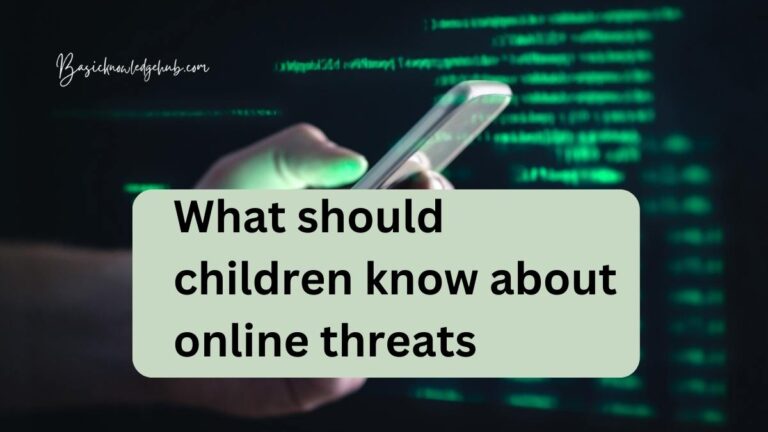Top facts you should know about bug bounty
Just the other day, I found myself sitting in my favorite coffee shop, sipping on a steaming cup of joe, when I couldn’t help but overhear a conversation at the next table. They were talking about cybersecurity and mentioning something about bug bounties. My curiosity piqued, I decided to do some research and stumbled upon the top facts you should know about bug bounty programs. It turns out, these programs are designed to encourage individuals, often referred to as “ethical hackers,” to find and report vulnerabilities in software systems. This, in turn, helps organizations to proactively improve their security posture and protect their users.
In today’s digital age, where we find ourselves constantly connected to the world through our devices, security is more important than ever. So, whether you’re a software developer, a cybersecurity enthusiast, or simply a curious mind looking to explore this increasingly relevant field, it’s essential to have a solid understanding of bug bounties and their role in keeping our digital infrastructure secure. If you, like me, find yourself intrigued by this fascinating world, allow me to guide you through the key facts and insights you need to know about bug bounty programs, and the steps to take if you’re considering dipping your toes into the exciting realm of ethical hacking.

The Rise of Bug Bounties:
Bug bounty programs have gained significant traction in recent years, with many high-profile companies such as Google, Apple, and Facebook adopting this approach to improve the security of their software systems. These programs invite skilled individuals, known as ethical hackers, to identify and report vulnerabilities in exchange for rewards or recognition. The increasing prevalence of cyber threats, coupled with the growing demand for skilled cybersecurity professionals, has led to the rapid growth of the bug bounty industry.
Why Do Bug Bounties Matter?
The primary reason bug bounties are essential is that they allow organizations to identify and address security vulnerabilities before they can be exploited by malicious actors. By incentivizing ethical hackers, companies can tap into a vast pool of talent and knowledge, leading to improved security and a reduced risk of data breaches. Additionally, bug bounty programs can save organizations time and money, as they typically cost less than employing full-time security teams or conducting expensive penetration tests.
Types of Bug Bounty Programs:
There are two main types of bug bounty programs: public and private. Public programs are open to anyone, allowing a large number of ethical hackers to participate and contribute to the security of a software system. In contrast, private programs are invite-only, often targeting specific vulnerabilities or issues. Both types have their merits, with public programs benefiting from a broader range of expertise, and private programs offering a more controlled and focused approach to security testing.
How to Get Started in Bug Bounties?
If you’re keen to enter the world of bug bounty hunting, there are several steps to follow. First, equip yourself with a solid foundation in programming, networking, and cybersecurity concepts. Next, familiarize yourself with various bug bounty platforms such as HackerOne, Bugcrowd, and Synack, which host numerous programs and provide resources for aspiring ethical hackers. Finally, practice your skills on vulnerable applications or websites, and gradually work your way up to more complex targets.
The Bug Bounty Process:
The bug bounty process typically involves the following stages: discovery, reporting, triage, and resolution. In the discovery phase, ethical hackers identify vulnerabilities using various tools and techniques. Once a vulnerability is found, they submit a detailed report to the organization, outlining the issue and potential impact. During the triage stage, the organization assesses the report, validates the vulnerability, and assigns a priority level based on its severity. Finally, the organization works on resolving the issue and may reward the ethical hacker accordingly.
In a recent announcement, PIA explained what bug bounty is, outlining its benefits for both the company and its users. A bug bounty program is a reward system for individuals who discover and report security vulnerabilities within an organization’s system. In PIA’s case, the bug bounty initiative allows cybersecurity experts and enthusiasts to identify potential weak points in their apps and network that cybercriminals could exploit. Through a designated platform, BugCrowd, researchers submit their findings for validation and approval, and in return, they receive financial incentives. Not only does this help PIA patch vulnerabilities more quickly, but it also enables talented ethical hackers to showcase their skills, while offering financial rewards of up to $1250 per valid report. PIA’s commitment to privacy and security is evident through its continuous improvements, including independent audits, server upgrades, and the adoption of open-source VPN protocols.
Tips for Successful Bug Hunting:
To increase your chances of success in bug hunting, it’s crucial to develop a methodical approach and stay up-to-date with the latest trends in cybersecurity. Here are some tips to help you excel in the field:
- Choose your targets wisely: Focus on programs that align with your skills and interests.
- Be persistent: Success in bug hunting often requires patience and determination.
- Learn from others: Engage with the ethical hacking community to share knowledge and insights.
- Continuously improve your skills: Attend workshops, webinars, and conferences to stay ahead of the curve.
- Maintain a professional attitude: Treat bug hunting as a collaborative effort between you and the organization, and always abide by the program’s rules and guidelines.
The Future of Bug Bounties:
As technology continues to advance and our reliance on digital systems grows, the importance of bug bounty programs is only set to increase. With the ongoing expansion of the Internet of Things (IoT) and the rise of artificial intelligence, there will be new opportunities and challenges for ethical hackers to tackle. Additionally, increased collaboration between organizations, governments, and the cybersecurity community will further strengthen the bug bounty ecosystem.
In the coming years, we can expect to see more organizations adopting bug bounty programs, as well as the emergence of specialized platforms and training programs for aspiring ethical hackers. As a result, the bug bounty industry will continue to play a pivotal role in safeguarding our digital infrastructure and ensuring the security of our data.
Conclusion:
Bug bounty programs are an integral part of today’s cybersecurity landscape, offering organizations a cost-effective and efficient way to identify and address vulnerabilities in their systems. By understanding the top facts about bug bounties, you’ll be well-prepared to enter this exciting field and contribute to the ongoing effort to secure our digital world. Whether you’re a seasoned professional or an aspiring ethical hacker, there’s never been a better time to explore the world of bug bounty hunting and make a difference in the fight against cyber threats.

